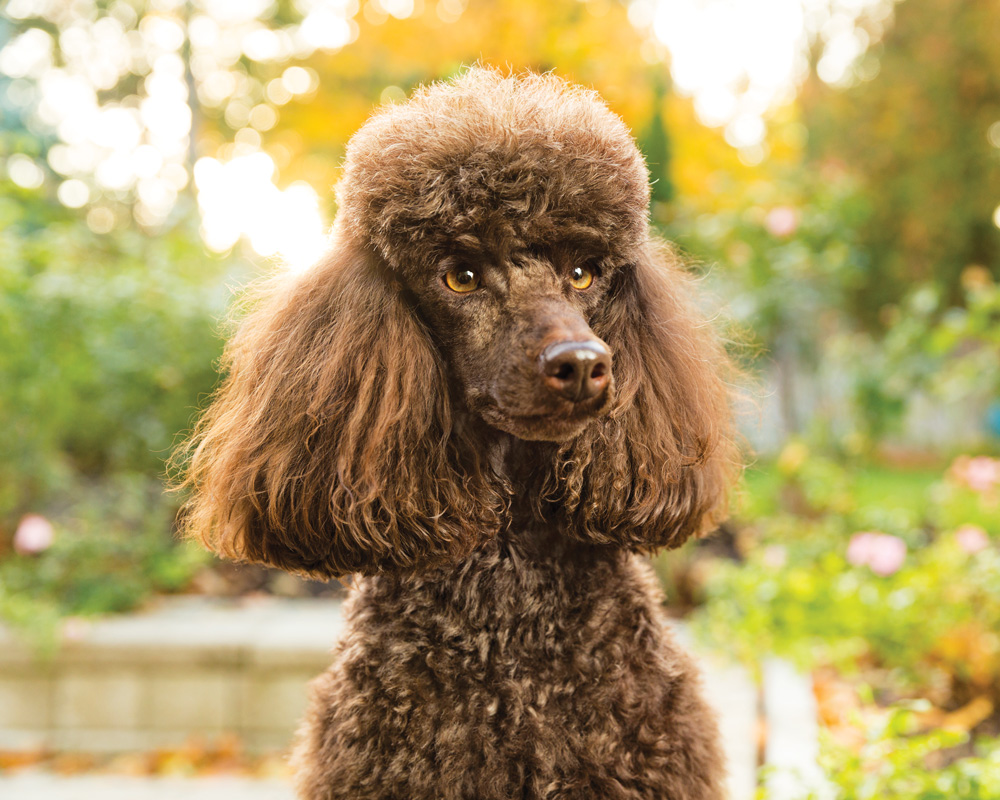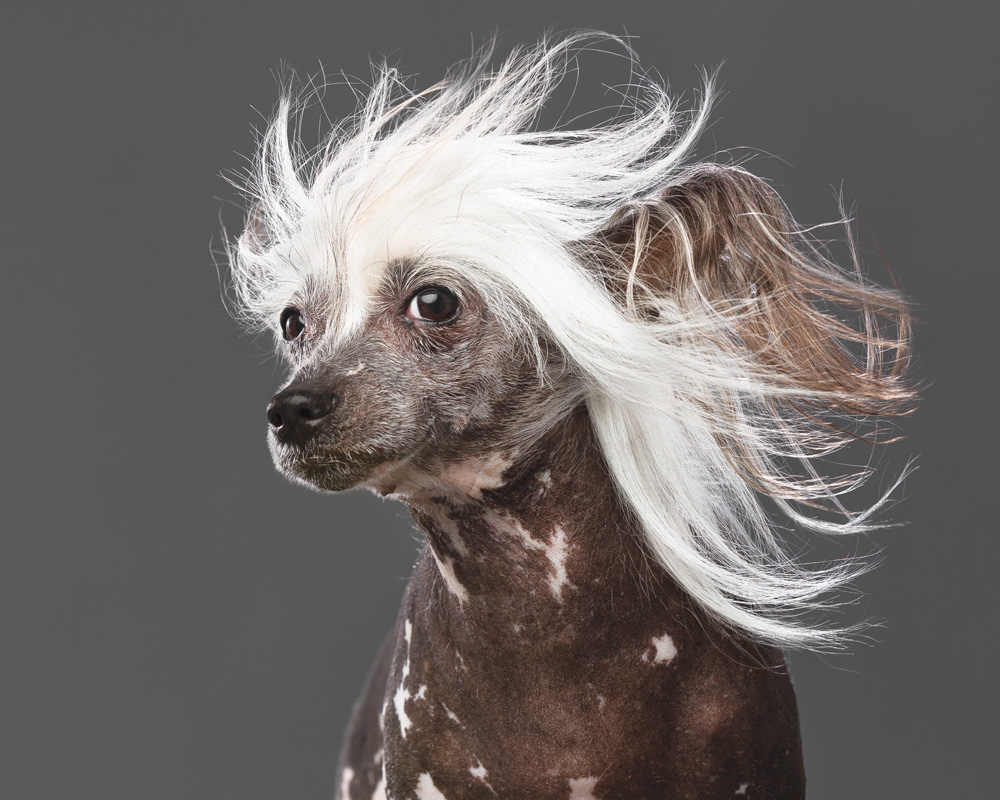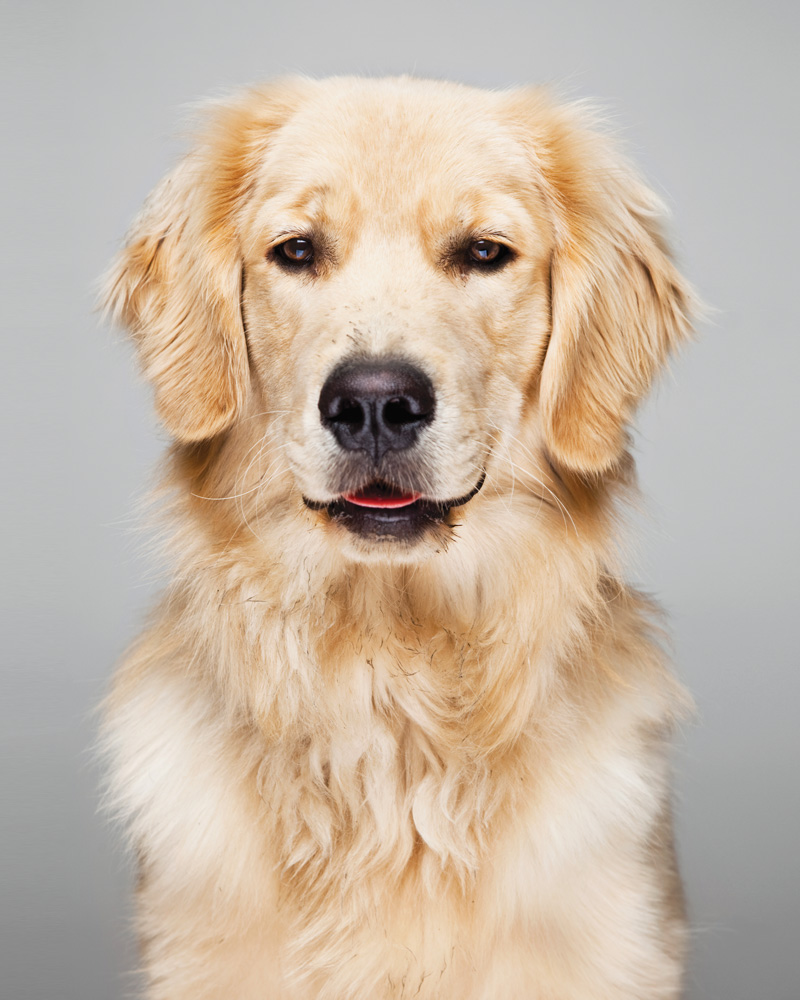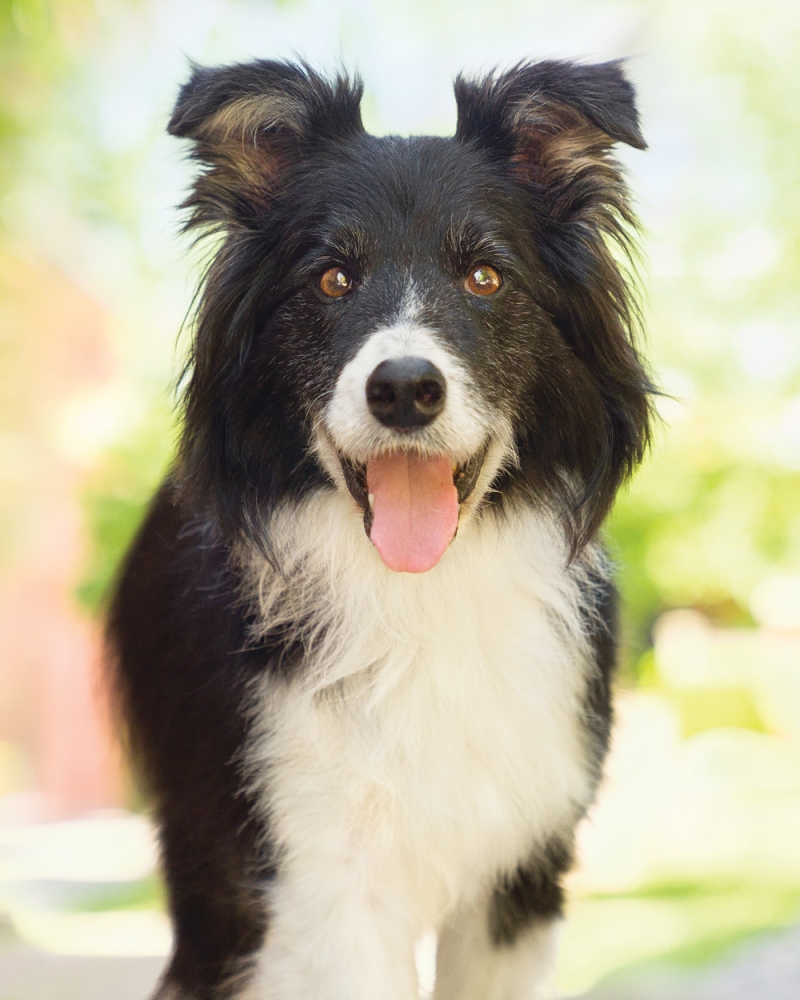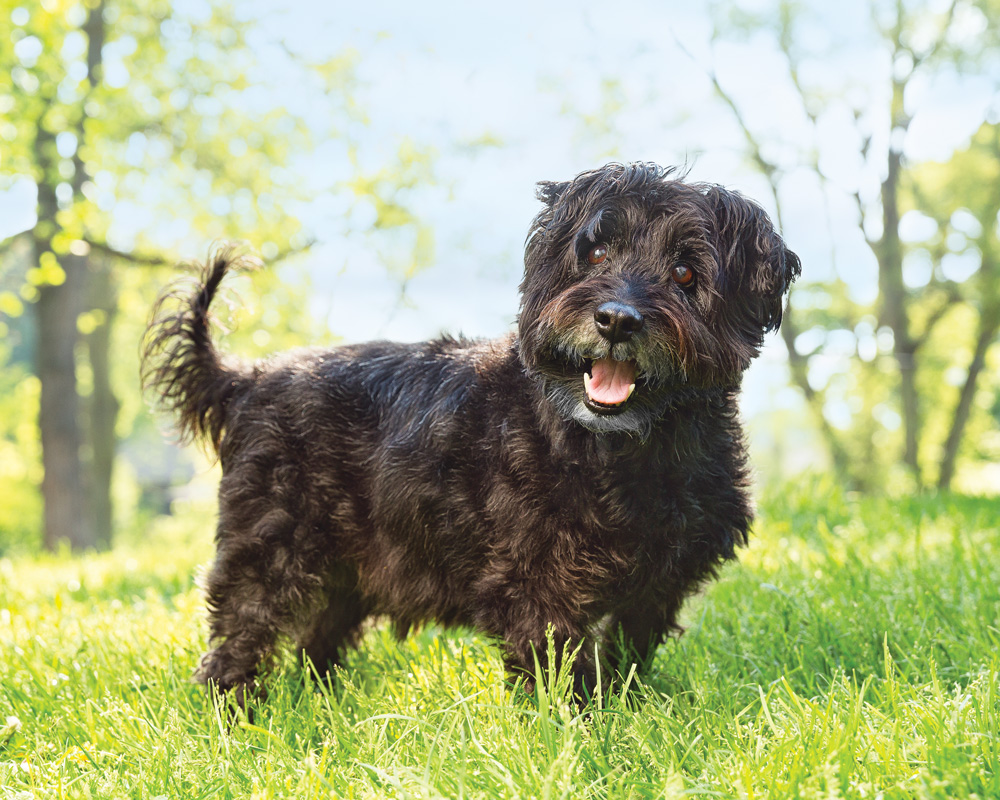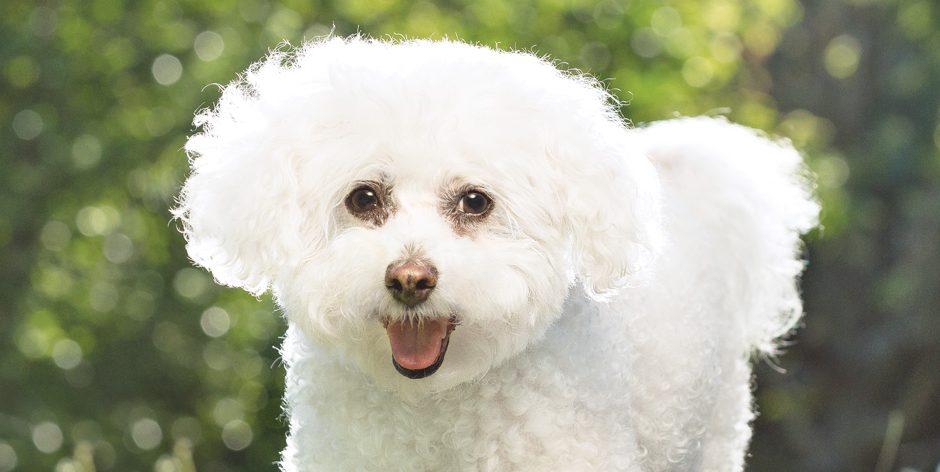
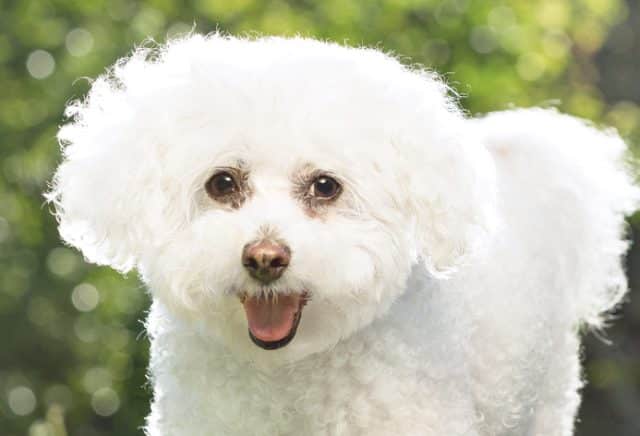
What’s It Like to be a Professional Animal Photographer?
A day in the life of professional pet photographer Jason Krygier-Baum
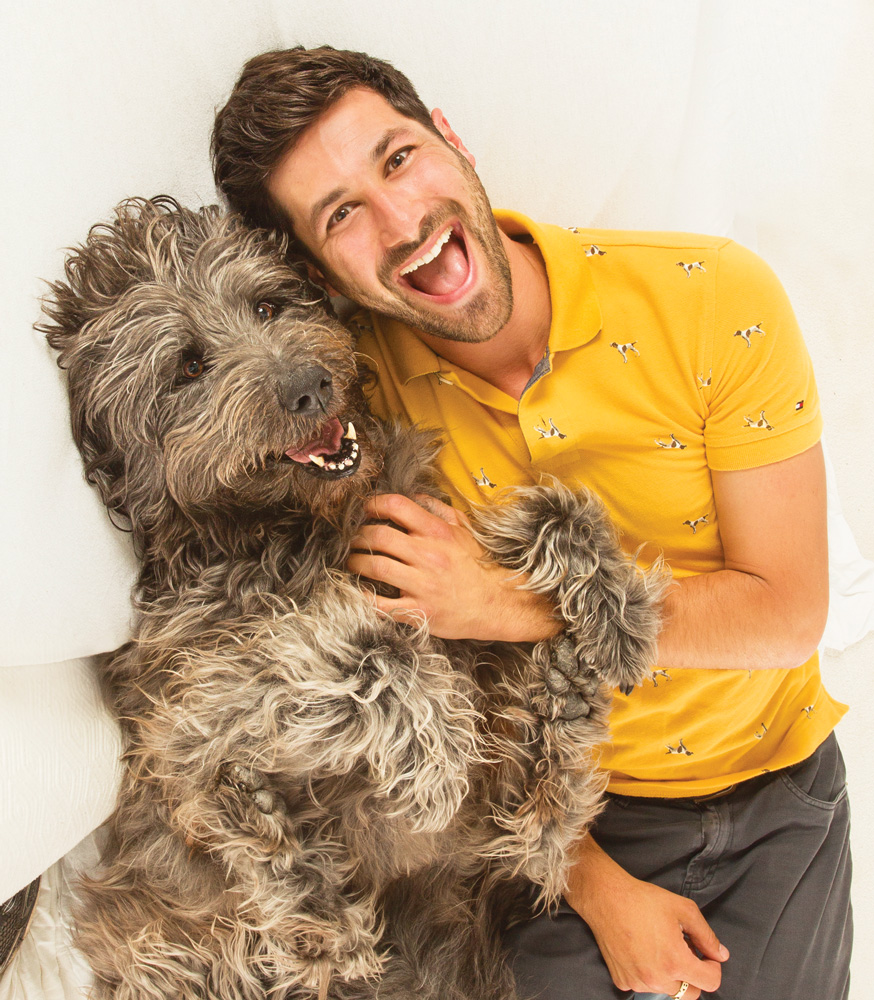
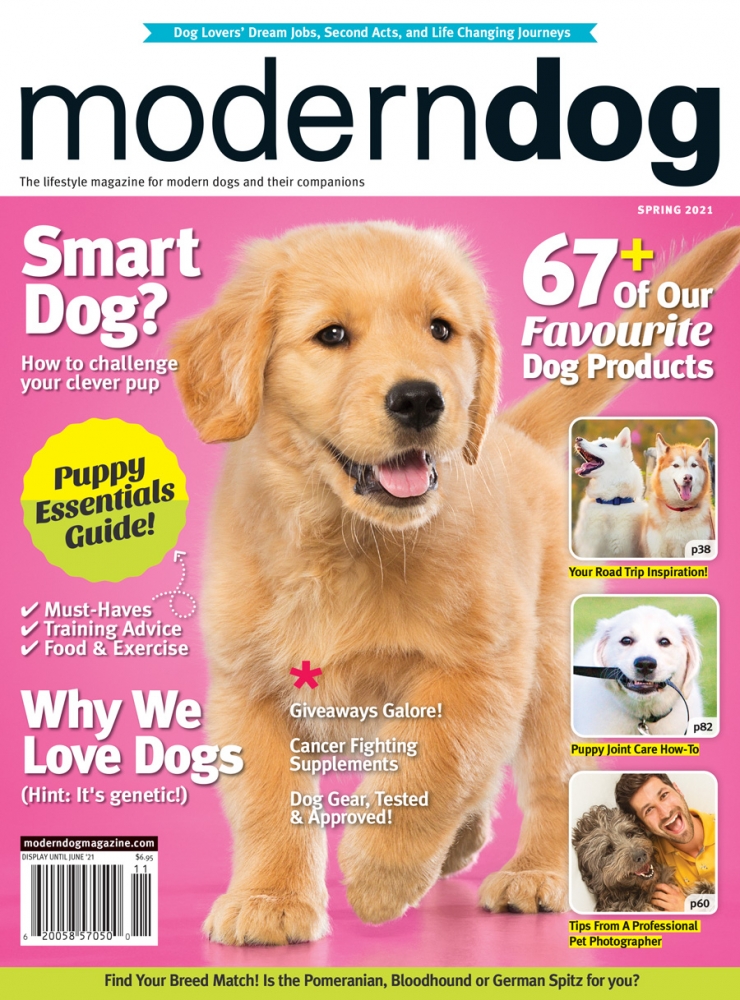
But just how does one become a professional pet photographer?
“I always loved art and always had an interest in animals, growing up in a household nicknamed ‘the zoo,’ he laughs.
He studied ecology and animal behaviour at university and got interested in photography. But it wasn’t until his health forced him to take a break that he found his calling.
“I was working at a studio that shot catalogue,” he shares, “and I had a mental health crisis and had to stop working to focus on my recovery. I decided to try some things on my own: photos of my own dogs, mini session at a doggie daycare…I was exploring ideas and had some freedom as I wasn’t tied down—I had a full stop and restart. Covid is allowing people some of the same.”
After he recovered, the positive reception his animal photography received pushed him forward. “Now I combine my knowledge and understanding of animal behaviour with my pursuit of creativity in my animal photography business,” he says.
It’s not all just talent, he’s quick to note. “I think that a really big part of it is having confidence in your work and having confidence to charge people what you think you’re worth to make this a viable business,” Jason offers as advice to would-be professional pet photographers. “Knowing the expenses involved in a business and what you’re able to pull in so you’re able to move your passion/hobby into something that’s a money-making venture [is essential]. It doesn’t just naturally progress—you need to have a plan in place.”
For those with the right skillset for the job, the rewards are many, says Jason, whose goal is eliciting an emotional reaction from the viewer, be it delight and laughter, or soulful connection.
Though commercial gigs are gratifying and creatively challenging, it’s the private commissions that really resonate with him.
“Seeing the joy my artwork brings to my clients, particularly if their dog is older, sick or recently passed away is the best part of the job. Getting those messages, maybe years later, maybe after the animal has passed on, about how memorable the art is, the day was—that’s what inspires me.”
A Day In The Life With Professional Pet
Photographer Jason Krygier-Baum
6:45 am
Wake up, usually with a cat on my chest, a dog down by my feet, and hopefully to the smell of a fresh latte prepared by my partner, Angus.
7:00 am
Meditate and workout.
8:00 am
Another latte and mango lassi, give sardines as a treat for my cats, check up on my 200+ house plants
9:00 am
Review the day’s plan, check up on email and other messages, start working on client tasks (editing photos, sending proofs to clients, laying out albums, opening and inspecting artwork, etc.)
12:00 pm
Lunch of cottage cheese salad with nacho chips.
1:00 pm
Dog-walk time!
2:00 pm
Get the studio ready for a client.
2:30 pm
Photo shoot in the studio.
5:00 pm
Plan out some social media content and marketing efforts.
6:00 pm
Make dinner—often a vegetarian stir-fry or homemade pizza.
7:00 pm
Make a plan for the next day.
8:00 pm
Evening walk or backyard hangout with friends.
10:30 pm
Get ready for bed.
What skill set does the job require?
“It requires a balance between photography skills, animal behaviour knowledge, and entrepreneurial skills, problem-solving, patience, and perseverance. Without the entrepreneurial skills, you don't have a photography business but rather a hobby. Entrepreneur: self-directed, passionate, business oriented. Photography: patience, creative eye, quick on your toes.”
Top 5 tips For Capturing The Right Expression
1. Use what motivates the animals, maybe toys, treats or praise.
2. Try various noises to elicit facial expressions and get attention. Squeaky toys, musical instruments, and the human voice work well.
3. Talk to the dog, ask it questions (Do you want to go for a walk? Do you want to visit Grandma?)
4. Think of the situations that create the different expressions and recreate them. Maybe the doorbell ringing or the excitement of a new toy or when you are cooking in the kitchen.
5. You get the most cooperation from the animal when they are having fun, so be sure to keep it entertaining and novel.
Top 5 Tips For Taking Photos Of Your Own Dogs
1. Know how to use your equipment so you aren't fumbling around and missing a photo
2. Be prepared before starting to work with the dog—hey have limited attention spans and you don't want to waste it. Collect up your noisemakers, treats, and any props beforehand.
3. Have someone give you a hand with the animal so you can stay focused on using the camera and your helper can get the dog into position.
4. Get down to the dog's eye level by either crouching down or elevating the dog. And be sure to get the dog’s eyes in focus
5. Match your energy level with what you want to capture in the dog. Be energetic and fun for silly photos, or calmer and soothing for relaxed ones.
► BOOK A SESSION: Sessions start at about $1200 and include the photoshoot and a ready to hang wall piece.
Join the newsletter and never miss out on dog content again!
"*" indicates required fields
By clicking the arrow, you agree to our web Terms of Use and Privacy & Cookie Policy. Easy unsubscribe links are provided in every email.


